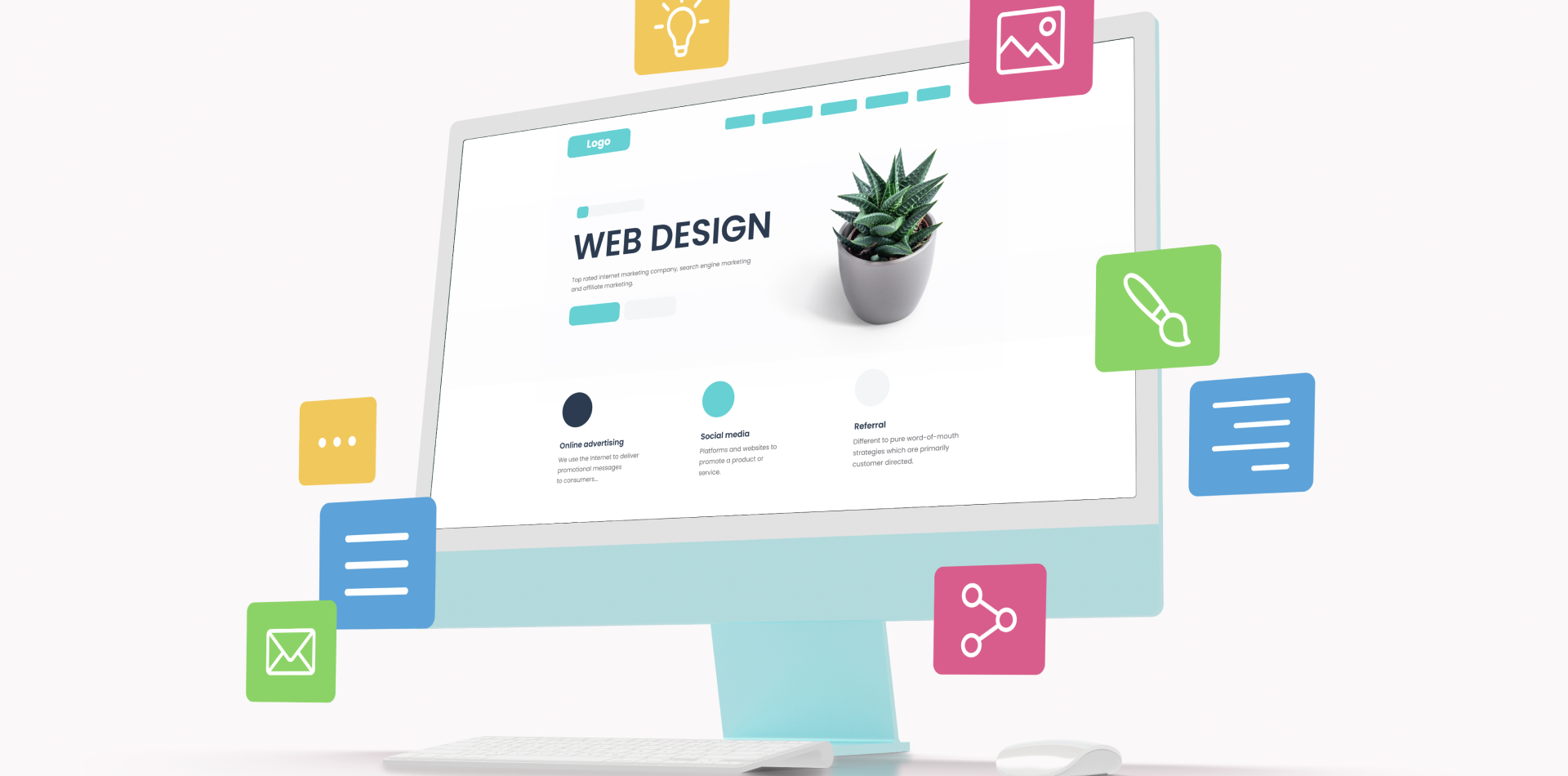Looks Alone Can’t Carry Your Web App
A beautiful interface can grab attention—but performance is what earns user loyalty. If your web app looks good but lags, users won’t stick around. On the flip side, if it’s blazing fast but looks outdated or clunky, users will question its credibility.
In today’s fast-moving digital world, web apps need to do more than work—they need to work well, feel smooth, and look polished. That’s the essence of performance-driven design.
This guide will help you balance visual appeal with usability and speed, so you can create web apps that not only impress—but perform under pressure.

💡 Why Performance Should Be a Design Priority
Designers often focus on layout, colors, and user flow—but performance isn’t just a developer’s problem. Design directly affects performance in every way.
🎯 Heavy visuals can slow page loads
🎯 Complex UI patterns can increase cognitive load
🎯 Poor hierarchy or navigation hurts usability
🎯 Unoptimized components impact responsiveness
Designers must think beyond pixels—into how every element contributes to (or compromises) the app’s functionality.
🧠 1. Start with a Functional Foundation
Before diving into visuals, define what the app needs to do—and for whom.
🔹 What’s the core user goal?
🔹 What problems are being solved?
🔹 What’s the user’s ideal flow from A to B?
When you understand the app’s purpose, your design becomes a tool—not just a canvas.
🖥 2. Choose Simplicity Over Visual Complexity
Overdesign can kill performance. Simple doesn’t mean boring—it means intentional.
✏️ Limit decorative animations and transitions
✏️ Use whitespace to improve scannability and reduce cognitive load
✏️ Reduce the number of typefaces, weights, and color variants
✏️ Avoid unnecessary gradients, shadows, or overlays
Design with clarity, and users will reward you with longer sessions and faster actions.
📦 3. Optimize Assets During the Design Process
Performance doesn’t start in code—it starts in the design file.
🧩 Compress high-resolution images before export
🧩 Use SVGs for logos and icons where possible
🧩 Design responsive-friendly layouts with flexible grids
🧩 Reuse components to reduce load time and dev effort
Designers who think like engineers help launch faster, lighter apps.
🔄 4. Design with Speed in Mind—Literally
A slow UI breaks trust, no matter how gorgeous it is.
⚙️ Use skeleton loaders instead of spinners
⚙️ Prioritize key content above the fold
⚙️ Avoid full-page reloads—embrace dynamic interactions
⚙️ Design touch targets for fast tapping and navigation
Every second counts. Design for speed and feedback, not just presentation.
🔍 5. Validate Decisions with Data and Testing
You don’t need to guess what works—let your users and data guide you.
📊 Run A/B tests on layout vs. load speed
📊 Track click maps, scroll depth, and rage taps
📊 Monitor bounce rates and time-on-page for visual-heavy sections
📊 Test on low bandwidth to simulate real-world conditions
Design decisions should be driven by user behavior, not designer preference.
🎨 6. Make It Beautiful, But Purposefully
Visual design matters—but it should always serve the user experience.
🖌️ Use contrast to guide attention
🖌️ Choose typography that enhances readability across devices
🖌️ Design with accessibility in mind (color contrast, alt text, focus states)
🖌️ Use motion sparingly to guide, not distract
Well-balanced design feels effortless to the user—and effortless means engaging.
⚠️ Pitfalls to Avoid When Balancing Form and Function
Even skilled designers fall into common traps. Watch out for:
🚫 Designing first, testing later
🚫 Ignoring performance during wireframing
🚫 Loading pages with oversized hero videos or carousels
🚫 Forgetting how designs behave on mobile or under stress
🚫 Prioritizing pixel-perfect over fast and functional
Great design isn’t about perfection—it’s about purpose and performance working in harmony.
✨ Real-World Example: How Speed + Simplicity Helped a SaaS App Scale
A B2B SaaS platform was struggling with user drop-off after onboarding. Their UI looked great—but it was bloated.
🎯 What changed?
🧠 Replaced full-width carousels with static headers
🧠 Reduced icon variety and simplified button hierarchy
🧠 Used collapsible components for data-heavy sections
🧠 Compressed illustrations from 2MB+ to under 300KB
Result? The app loaded 42% faster, user engagement increased by 30%, and task completion improved drastically.
Design didn’t suffer—it became smarter.
🧾 Final Thoughts: Performance and Beauty Aren’t Opposites
You don’t have to choose between a beautiful interface and a fast, functional app. Performance-driven design allows you to blend both—with intention.
When you treat every design decision as a potential performance choice, your web app becomes faster, more usable, and more trustworthy. You don’t just win design awards—you win users.
💬 How Do You Balance Form and Function?
Do you prioritize visual polish or lightweight simplicity in your design process? Share your workflow, tools, or thoughts in the comments—let’s keep improving together 👇




5 Comments
Natalie Briggs
9 April 2025Such an important reminder—performance starts in Figma, not in code. Loved the bit about using SVGs and reusing components. Super practical!
Darren Cole
9 April 2025We recently switched from using carousels to static banners—load time dropped significantly and engagement went up. This post is spot on 👏
Holly Evans
9 April 2025“Designers must think beyond pixels” is going straight on my office wall. 🙌 This blend of form + function is exactly what most teams miss.
Ethan James
9 April 2025Skeleton loaders > spinners—YES. It’s such a subtle change, but it massively improves perceived performance.
Laura Peterson
9 April 2025This is one of the most well-balanced articles I’ve read on this topic. Too many think speed is only the dev’s problem. Nope—it starts with us designers.